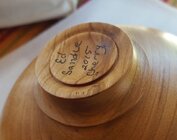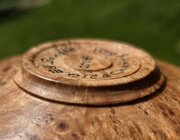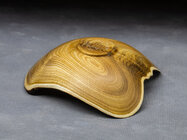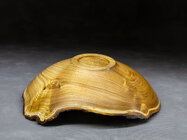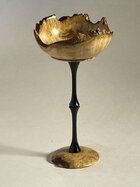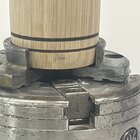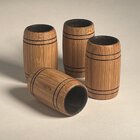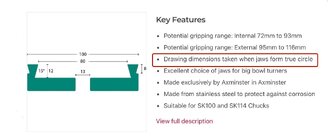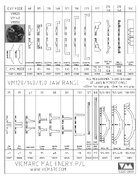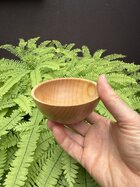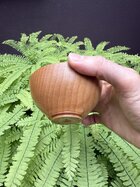Hmm. I wonder if it has to do with jaw design. I try to make my tenons the same diameter as the jaws, when nearly-closed. However I think my jaws have a small ridge at the outer edge of the dovetail, and that always seems to leave a mark in my tenons. I'd love to be able to turn without leaving any marks, as that would allow me to use the tenon as the foot, and waste less wood. A lot of my blanks are only 2-3" thick, and you lose some of that height right off the bat when trueing up, then if you turn off the tenon, you lose more.
I just have never been able to get away without marks, though. At the very least, they leave a ring impression. I guess also, I tend to turn my tenons so they fit the dovetail, rather than just have a strait edge, which I always fear will fly out of the dovetail jaws. Perhaps that itself is the issue: dovetail jaws? I actually don't have any other kind of jaw. My chucks are Record Power/Nova, and I have either dovetail jaws or spigot jaws, both of which leave marks.




